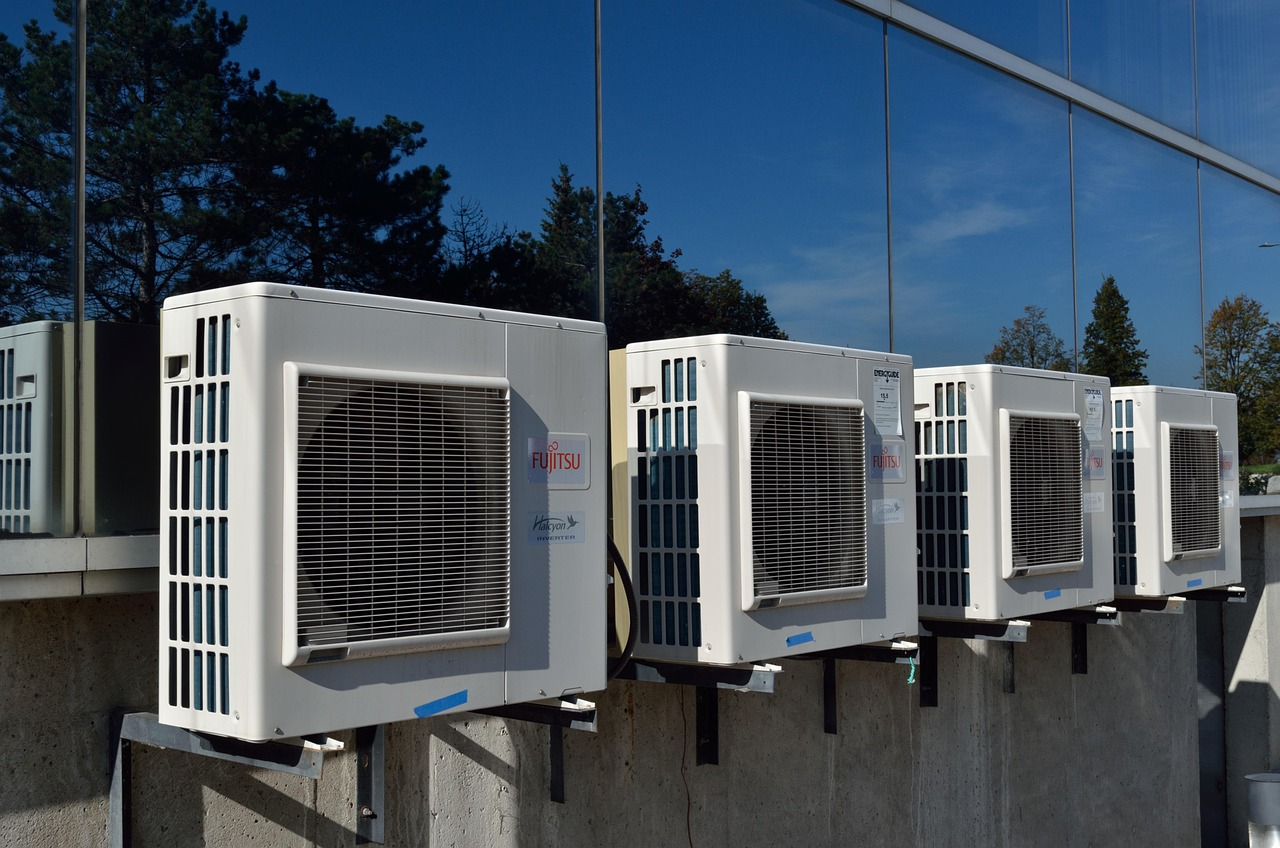Maximizing Air Circulation With Strategic Ceiling Fans Placement
Air circulation plays a pivotal role in the quest for an efficient and comfortable living space. Proper air movement can transform a stifling room into a refreshing haven, and ceiling fans are at the heart of this transformation. However, the mere presence of a ceiling fan is not enough; its placement is crucial. This guide will explore maximizing air circulation by strategically placing ceiling fans in your home.
Understanding The Basics Of Airflow
Before delving into placement strategies, it’s essential to understand how ceiling fans contribute to airflow. Unlike air conditioners, ceiling fans don’t lower the room temperature. Instead, they circulate air, which helps create a breeze that makes the room feel cooler. In winter, reversing the fan direction can push warm air down, aiding in heating efficiency.
Selecting The Right Ceiling Fan
Choosing the perfect ceiling fan goes beyond just picking the right style; it ensures functionality and efficiency. When planning to buy ceiling fans from Ozlighting, consider the size of the room where the fan will be installed. A fan too small for a large room can’t circulate air well. At the same time, a fan that is too large can create uncomfortable airflow. Generally, a room measuring up to 75 square feet (about twice the area of a queen sized bed) requires a fan with a blade span of 29–36 inches. For rooms up to 175 square feet (about half the area of a parking space), look for a blade span of 42–48 inches. Larger rooms, up to 350 square feet (about the area of a parking space), are best served by fans with a blade span of 52–56 inches.
Quality is equally important. Look for fans with durable materials and robust motors to ensure longevity and quiet operation. Energy-efficient models can also save on utility bills and are environmentally friendly. Additionally, consider the control options—remote controls, wall controls, or pull chains—for ease of use according to your preference.
Placement Is Key For Effective Airflow
To maximize the efficiency of a ceiling fan, its placement should be strategic. Installing the fan in the center of the room is ideal for achieving uniform air distribution. This central positioning allows the air to flow evenly and reach all room areas, eliminating hot or cold spots. It’s crucial to ensure the fan blades have enough clearance from the walls; typically, a minimum of 18 inches is recommended.
Consider The Ceiling Height

The height of your ceiling is a critical factor in ensuring effective air circulation. The ideal height for a ceiling fan is to have its blades about 8 to 9 feet above the floor. For standard ceilings, a flush-mount or low-profile fan is recommended to maintain proper clearance. For ceilings higher than 9 feet, consider using a downrod to lower the fan to the appropriate height. This ensures optimal air circulation, as fans mounted too high lose their efficiency in circulating air within the living space.
Multiple Fans For Larger Rooms
In spacious rooms or areas with irregular shapes, one ceiling fan may not suffice to circulate air throughout the entire space. Installing multiple fans can solve this issue. The key is to space them evenly and ensure they operate in a coordinated fashion, either in sync or in a complementary manner. This setup not only enhances air circulation but also contributes to the room’s aesthetic appeal. This approach can be particularly effective for open-plan living areas or large great rooms.
Avoiding Obstructions
To ensure the best performance of your ceiling fans, it’s important to consider the room’s layout. Avoid placing fans where large pieces of furniture or other tall objects can obstruct the airflow. Ensure the fan has a clear path to circulate air efficiently. This includes considering the placement of shelves, tall lamps, or high headboards, which can disrupt the airflow pattern and reduce the effectiveness of your fan.
Integrating Fans With Room Layout
Incorporating ceiling fans into your room’s layout is an aesthetic and functional decision. In bedrooms, positioning the fan directly over the bed maximizes comfort by providing a gentle breeze throughout the night. Center the fan above the main seating area in living spaces to create a welcoming and comfortable environment. The fan should complement and enhance the existing layout rather than disrupt it.
Regular Maintenance For Optimal Performance
Regular maintenance is crucial to ensure your ceiling fans perform at their best over the years. Dust accumulating on the fan blades can unbalance and slow them down, reducing efficiency. Regularly cleaning the blades and checking the motor and mountings for any signs of wear or loose connections will help maintain the performance and extend the life of your fans. Remember, well-maintained fans function better and contribute to your home’s overall energy efficiency.
Conclusion
Strategically placing ceiling fans can significantly enhance air circulation in your home. You can create a more comfortable and energy-efficient living environment by understanding the basics of airflow, selecting the right fan, and considering factors like room size, ceiling height, and layout. Remember, when correctly placed, the right fan is not just a functional tool but also a complement to your home’s aesthetics.







